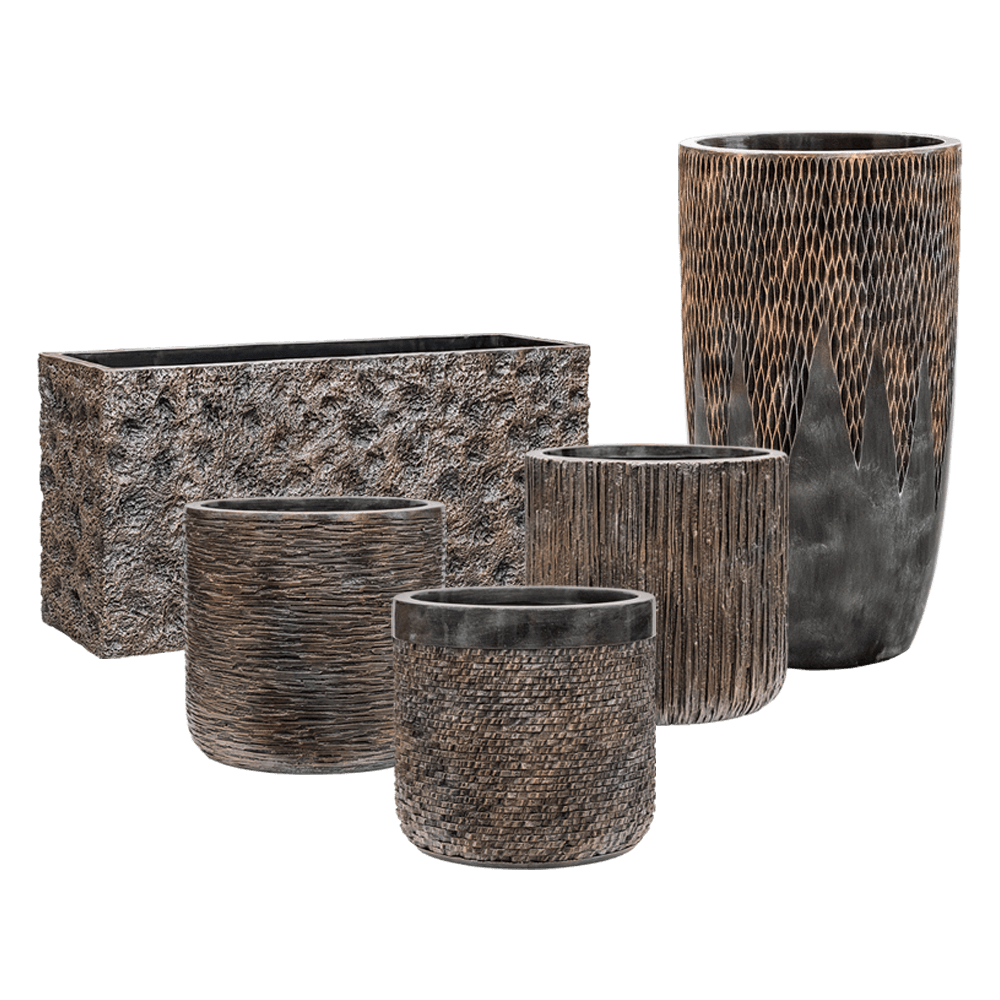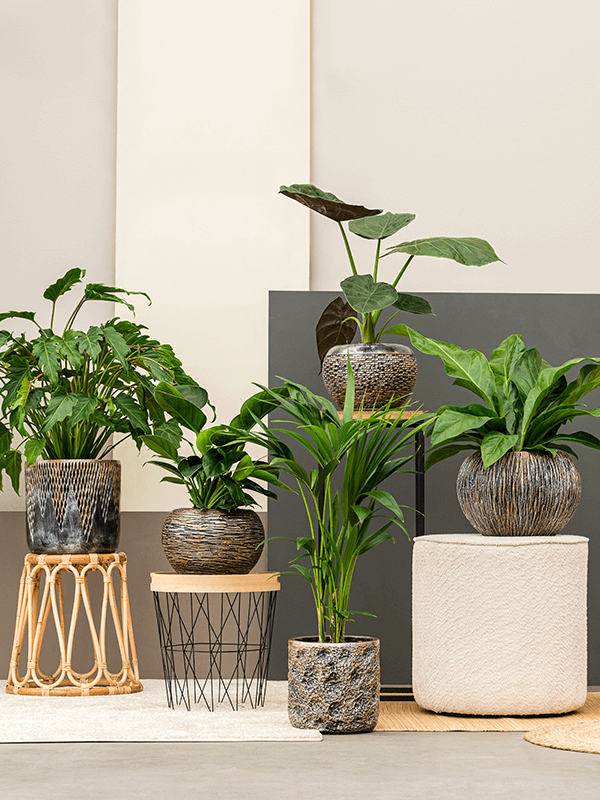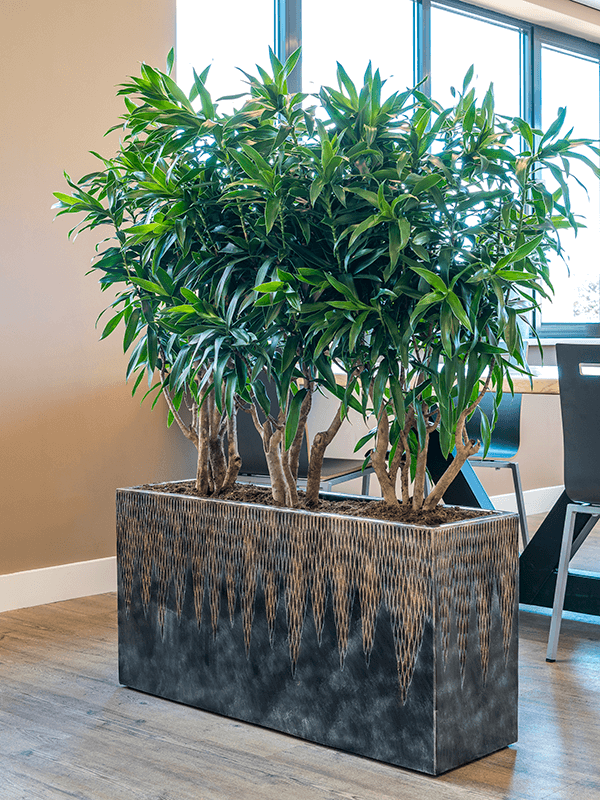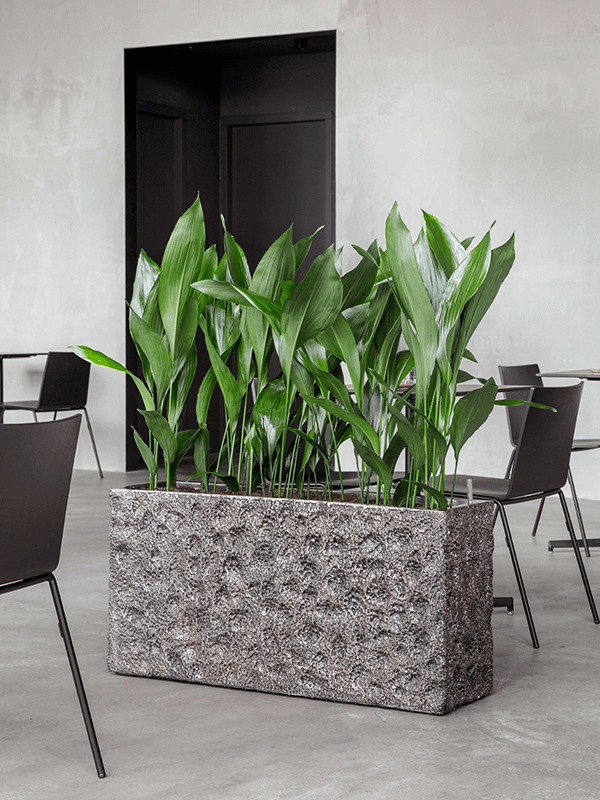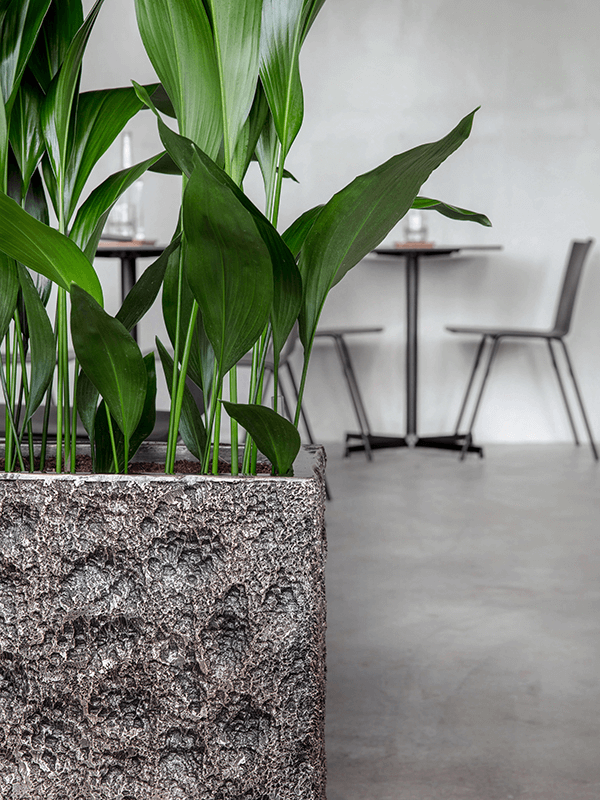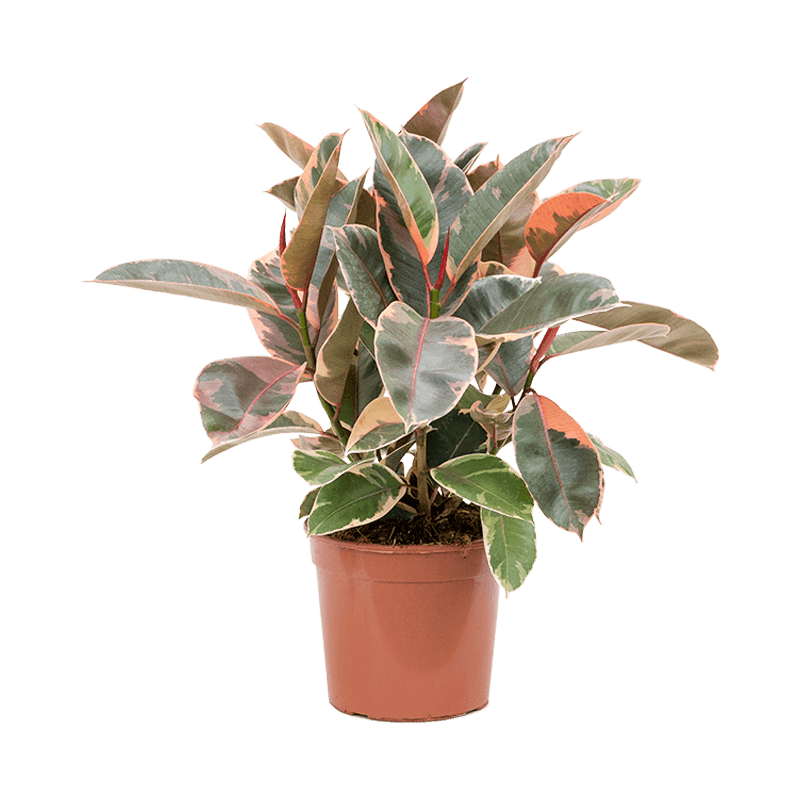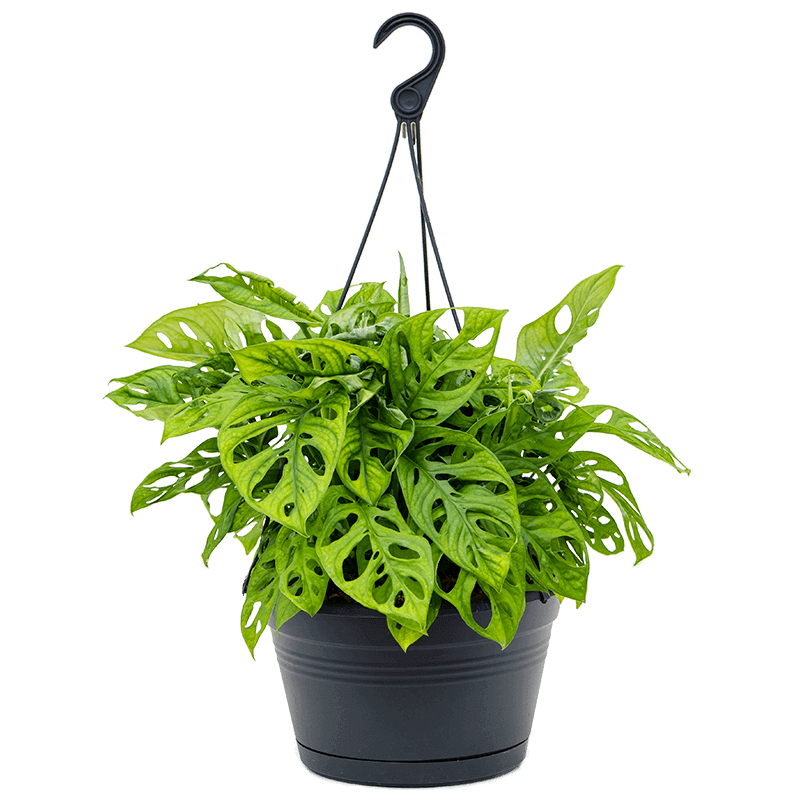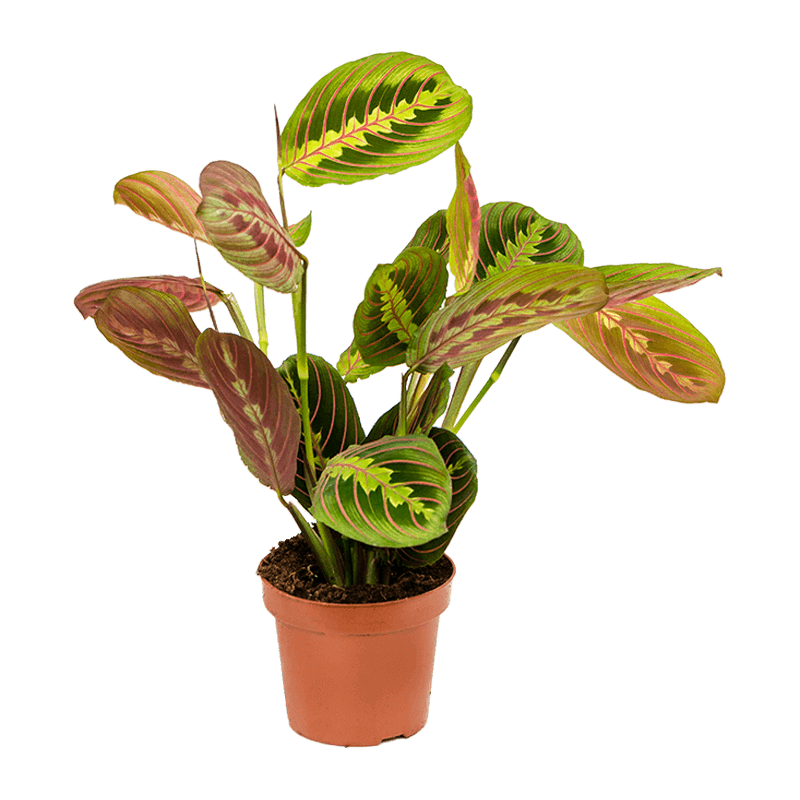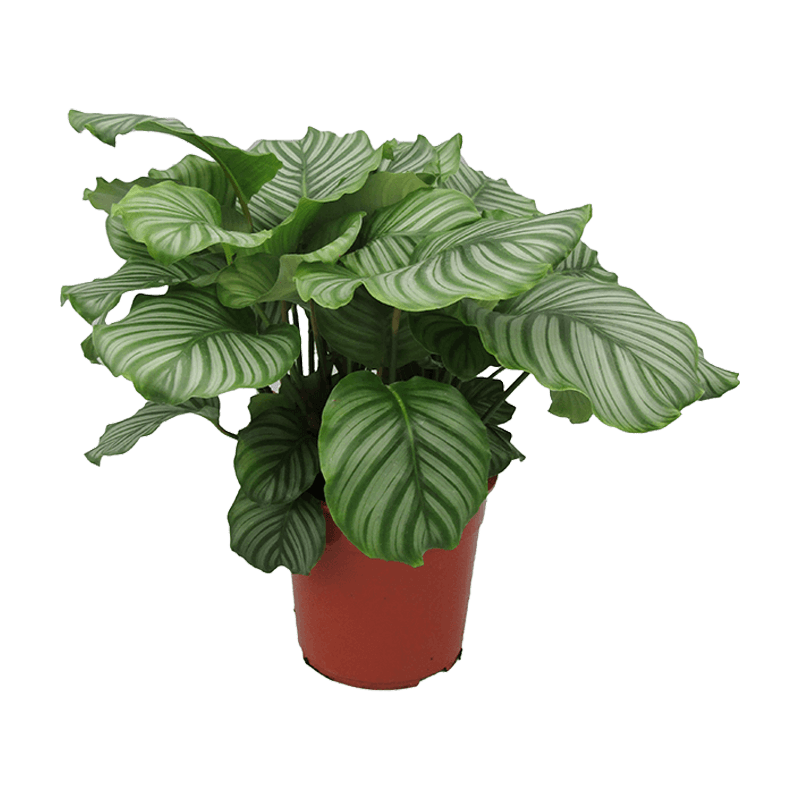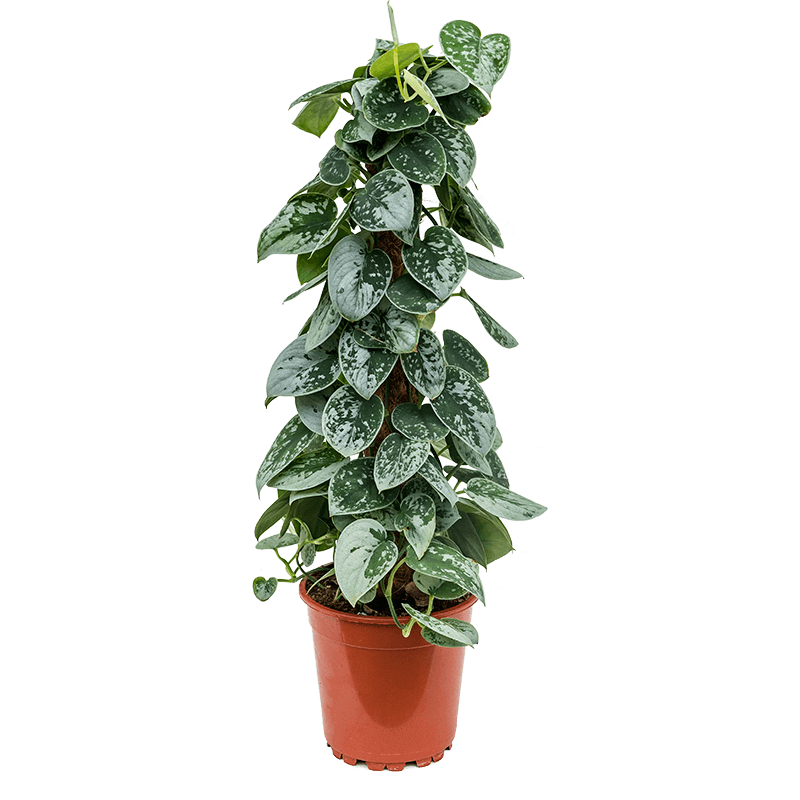how to care for begonia rex
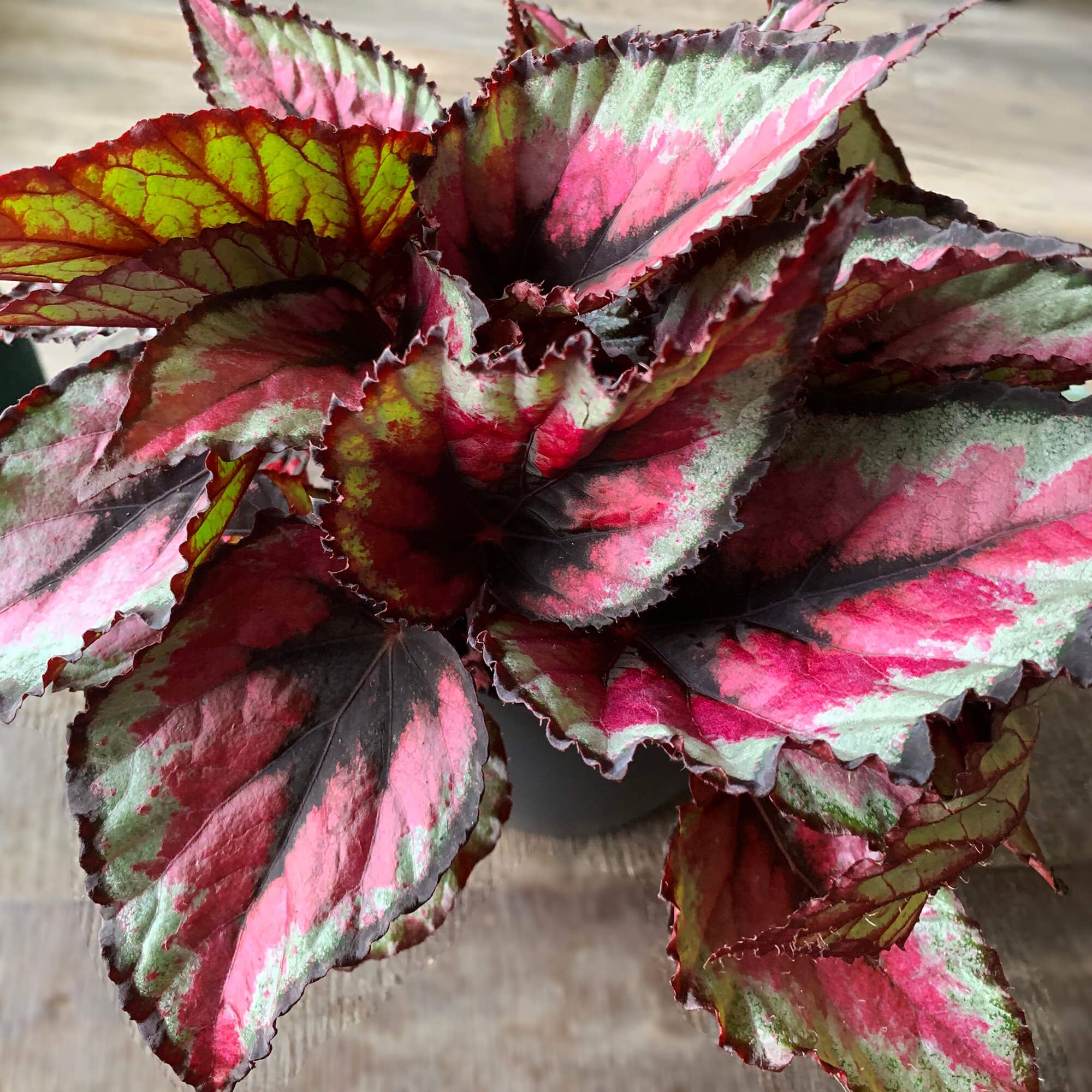
quick care guide begonia rex
 |
Once a week in summer; once every 2 weeks in winter |
 |
Does best with bright to medium indirect light |
 |
Fertilize once a month in the summer |
 |
Toxic to pets |
 |
Doesn’t do much in terms of air purification |
It can be challenging to find just the right conditions for the Rex Begonia to display its best leaf color. Ideal daytime temperatures are around 21 degrees Fahrenheit, nighttime temperatures around 16 degrees, and a constant humidity level around 50%. Provide the plant with plenty of bright indirect sun, but keep it out of direct sunlight. Rotate the plant frequently to expose it to equal light on all sides.
detailed care guide for begonia rex
Scientific Name: Begonia Rex-cultorum
Varieties: Begonia rex is the basis for many hundreds of hybrids, and its forms are too numerous to count. The resulting hybrids are often known in the trade only by fancy trade names dreamed up by growers looking to market their plants. As a result, you might find that the same crosses have different names in different garden centers.
Origin: India
Light: Rex begonias like bright, indirect light year-round. Because they are not aggressive bloomers, they can tolerate less light than other begonias and will thrive under fluorescent lights.
Water: Rex begonias require regular water, but be careful not to over-water them. They also thrive on humidity but don’t like direct misting, which encourages powdery mildew. Let the soil surface become dry to the touch before watering.
Soil: Airy, light, fast-draining soil is best for rex begonias.
Temperature: Rex begonias perform best with indoor temperatures ranging between 15°C to 29°C
Fertilizer: Once the Rex Begonia starts growing in spring, fertilize with an all-purpose, water-soluble houseplant fertilizer applied at quarter strength. Reapply every two weeks while the plant is actively growing.
Humidity: Probably one of the biggest problems with growing Rex begonias indoors is making sure you create humid conditions for them. They are true drama queens if they don’t get enough and will fail to thrive. Beware – they don’t like direct misting!
Pruning: Rex begonias require minimal pruning unless long, bare stems require cutting back, or you’d like to create a fuller plant. Using clean pruning snips simply cut the stem back to the base and the remaining portion should sprout new leaves and stems. Pinching the tips on younger plants helps them grow fuller too.
Re-Potting: Rex begonias are rhizomatous plants that grow from a shallow and knobby rhizome. As such, they do best in large, relatively shallow pots where the rhizome has room to spread. If the rhizome still has room to grow in its pot, the begonia should be considered happily potted. When the rhizome begins to butt up against the sides of the pot, however, it’s time to repot into a fresh pot with fresh soil. You can divide the rhizome when repotting to increase your plant stock.
Propagation: Rhizomatous begonias such as the rex begonia can be easily propagated by rhizome division during repotting. Almost all begonia species will readily sprout from leaf-tip cuttings. A rooting hormone can help the cuttings sprout. Rex Begonias can also be propagated by pinning a leaf to the bedding mix and making small incisions in the leaf veins or by inserting a leaf (with a petiole) directly into the soil. The petiole is the stalk that attaches the leaf blade to the plant stem.
Diseases and Pests: Rex begonias are often troubled by mildew and botrytis fungal disease.Mealy bugs can also be an issue. To prevent them, keep the plant well-trimmed and remove dead leaves from the surface of the planting mix.
Toxicity: Toxic. The plant contains soluble calcium oxalates, which are toxic to cats and dogs. Problems associated with ingesting the plant, especially the underground portions, include kidney failure, drooling and vomiting. Select a location out of the reach of children and your pets.
begonia rex origins & overview
Among the various types of begonias, Begonia Rex is one of the most beautiful and stunning plants. Sometimes called painted-leaf begonias or fancy-leaf begonias, these plants are known for their showy, sometimes jaw-dropping leaf coloration. They frequently have large leaves (up to 6 inches long) that are brightly colored in various shades of green, red, silver, and even purple. These plants are grown almost exclusively for their foliage—their blooms tend to be small and less showy, so many growers pinch off blooms to maintain breathtaking leaf displays. Some types of Rex Begonias go into dormancy during the winter.begonia rex light requirements
When considering the best location indoors for your Rex begonias, you can safely situate them by an east or west facing window and they will perform equally well. If you live in a location where spring and summer conditions aren’t extremely hot, you can also place them by a south-facing window.
If you lack enough natural lighting, Rex begonias also perform well situated under fluorescent lights, which gives you more options in suitable indoor locations.
Note: If the edges of the foliage turn brown and looks burned, the Rex begonia is too close to the window. If it starts growing long and gangly reaching towards the light, it’s not getting enough sunlight.
how to water the begonia rex
Knowing when to water your Rex begonia is easy, although you will probably have to water weekly, especially during the growing season. Look at the container’s soil and if the top has just dried, water until it runs out of the pot’s bottom drain holes. However, don’t keep the soil overly moist or rot can occur and don’t allow the soil to get so dry the Rex begonia wilts. If you use a saucer under the pot to catch the water, empty it after the container has fully drained. You can also fill the saucer with small pebbles and sit the pot on top, as it lifts it out of the wet conditions. Try to apply the water only to the soil and keep it off the foliage, which reduces disease problems. If you water early in the day, it gives the foliage time to dry before nightfall. During the winter, when the Rex begonia isn’t actively growing, cut back watering to about once every two to three weeks.repotting the begonia rex
An essential thing to remember when potting your Rex begonia is to not “manhandle” it, as the root system is very sensitive and delicate. Handle it as if you were holding a newborn baby, especially when removing it from its original container and placing in the new one.
- Fill the container about one-quarter full of potting mix and water to settle the soil. Make a small indentation in the center.
- Gently remove the Rex begonia from its nursery pot, handling the root system with care, and place in the middle of the new container.
- Fill the remainder of the container with the potting mix, carefully firming it up around the begonia and being sure not to plant any deeper than it was growing in its nursery pot.
- Water the container’s soil again and until it’s running from the bottom drain holes.

Decorative pots are approx. 11 cm.

Plants have a diameter of 11 to 13 cm.
Decorative pots are approx. 14 cm.

Plants have a diameter of 14 to 16 cm.
Decorative pots are approx. 17 cm.

Plants have a diameter of 17 to 19 cm.
Decorative pots are approx. 20 cm.

Plants have a diameter of 20 to 24 cm.
Decorative pots are approx. 25 cm.
extra small |
Plants - 8 to 10 cm diameter Pots - 11 cm |
small |
Plants - 11 to 13 cm diameter Pots - 14 cm |
medium |
Plants - 14 to 16 cm diameter Pots - 17 cm |
large |
Plants - 17 to 19 cm diameter Pots - 20 cm |
extra large |
Plants - 20 to 24 cm diameter Pots - 25 cm |

